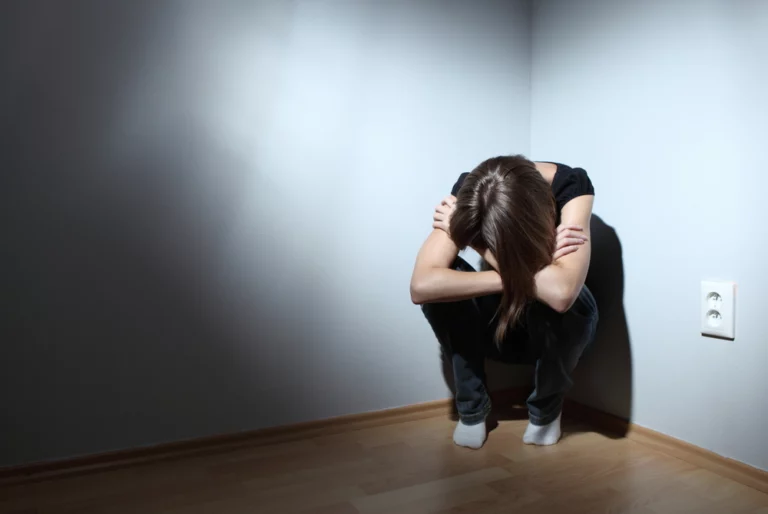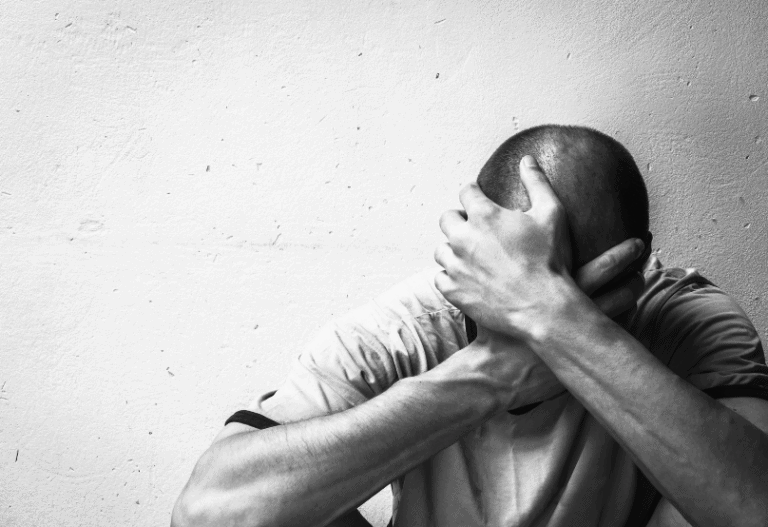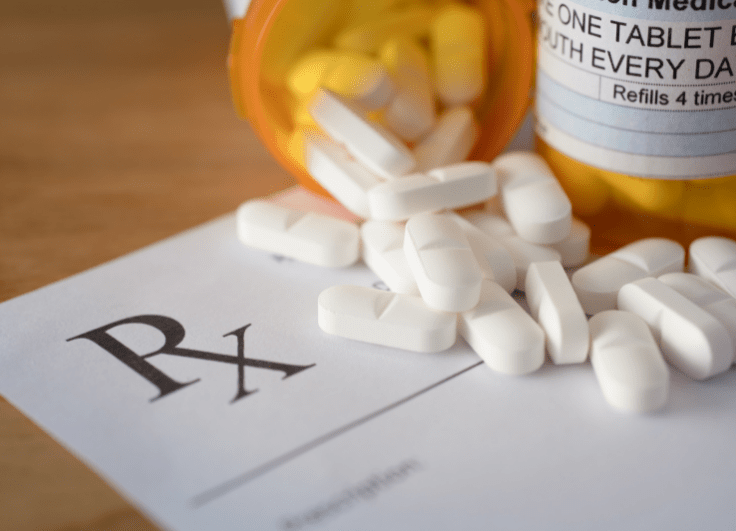5 Ways to Prevent a Xanax Relapse
Some drugs are easier to detox from than others, but Xanax (a type of benzodiazepine) is known for its harsh withdrawal symptoms. With severe withdrawal symptoms, addicts often find it easier to relapse. This is simply because it’s easier to take another dose than it is to endure the physical pain attached to withdrawal.
Xanax is considered to be one of the drugs that cause relapse the most frequently, because of the harsh associated symptoms. In order to prevent a relapse, use these tips.
1. Know What Triggers You
Triggers are fairly common with most addicts. A trigger can be a person, place, thing, or even action that makes an addict want to use their substance of choice. By learning these triggers and avoiding them, addicts can prevent relapse from occurring. However, while trigger avoidance may work in the beginning, it’s important for addicts to learn how to cope with their triggers. This way, they’ll be able to face them head-on, without feeling like they need to use immediately afterward.
With Xanax, triggers may include:
- Stressful situations
- Parties, bars, or places with alcohol
- Specific people they used Xanax with
- Anything that causes anxiety or panic
2. Detox Safely
With Xanax, medical health professionals almost always recommend detoxing under the care of a medical team. Because Xanax withdrawal symptoms can be dangerous and even life-threatening, it’s important that addicts are in a place (such as a hospital or treatment center) where their vitals can be monitored at all times.
Without medical detox, preventing relapse can be very difficult. These symptoms are hard to go through alone, and it’s easy for addicts to give and take more Xanax to cause the symptoms to subside.
By detoxing safely with a medical team, patients can feel safe and less anxious knowing someone is taking care of them. They won’t have to worry as much about severe or life-threatening symptoms, and it can make it much easier to prevent relapse once detox is complete.
3. Focus on Your Mental Health
Many people start using Xanax after it’s prescribed to them either for trouble sleeping, anxiety, or panic disorder. When a patient stops using Xanax, it’s important for them to keep an eye on their mental health and find other treatment methods that may help them feel better. Speaking with a therapist or psychiatrist can help patients find alternative methods of treatment.
By focusing on their mental health, addicts may be able to avoid relapse. Relapse most commonly occurs when patients are stressed, experiencing painful symptoms, and looking for an out. By focusing on self-care and mental health, they can avoid many of these triggers.
4. Keep Yourself Busy
Another reason many people relapse is boredom. They don’t have anything else to do with their time, so they might as well take a Xanax or two. To prevent this from happening, recovering addicts should attempt to fill their time with other activities. Hanging out with friends (that won’t trigger them), finding new hobbies, spending time with family, or joining a support group can all help to fill the time that would otherwise be spent using.
5. Seek Out Treatment to Prevent Relapse
One of the best ways to prevent relapse is to put yourself in a situation where it can’t occur. By attending a detox or inpatient treatment facility, you’re cut off from the outside world and won’t have access to Xanax. Therefore, you’ll be completely unable to relapse. These programs also help to prevent future relapse by equipping recovery addicts with the tools they need to face the world head-on when they leave treatment.
To learn more about how we can help you on your recovery journey, call an addiction specialist at Oasis Recovery today. We are here to help every step of the way.











